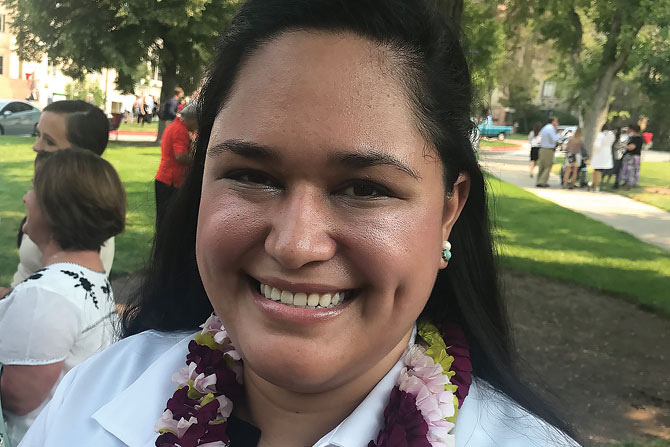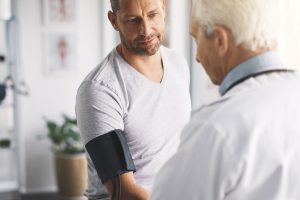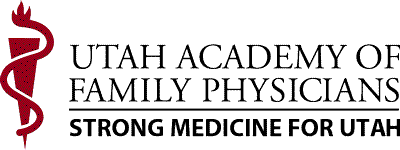A Bit about Alyssa
My name is Alyssa Lolofie. I’m a Samoan American medical student at the University of Utah. I grew up in Murray/Holladay with my parents and my sister, Kali. As a child and teen, I danced hula, which I appreciate now because I learned about and stayed connected with my culture. I went to the University of Utah and earned a B.S. in Biomechanical Engineering with a minor in Chemistry. I was always interested in science and knew that I also wanted a career where I could work with people; medicine is the best mix of both.
These days, keeping up with my hobbies is hard because I feel like I’m always so busy with school, but when I have time, I like to spend it with my friends and family, bake, and travel. I’ll have more time this winter, so I’m thinking about re-learning how to ski since I haven’t skied in almost 20 years.
The Path to Medicine
I was always interested in science, but my interest in medicine developed later in my teens. Science and mathematics were fun; there was always something more to learn and discover. What I knew about science told me that careers included researching things in a room all by myself or very few people, and I wanted to talk to people. So, I kept looking and found that medicine was a great combination of science and human interaction, and I decided that becoming a physician was the job for me. In high school, I took a class called “the block” – a combination of math and physics – and each year, I expanded on what we learned. By my senior year of high school, I took combined AP Calculus II and AP Physics A/B. The teachers for this class were so supportive of me and pushed me to continue pursuing science in college. Their intervention and support helped me apply for scholarships (like ACCESS for Women in Mathematics and Science) that would shape my education.
During college, I had the opportunity to research in a lab at the Moran Eye Center. I found out quickly that basic science research was fun but lonely, and actually sitting in a room doing research by myself was not for me. While science is fun, working with people is more important for me.
At the University of Utah, I enjoyed applying science to medicine with a degree in Biomedical Engineering. Still, after I graduated, I wasn’t sure that I wanted to do more school. I took a few years off, continued to work as a research assistant, and volunteered weekly at the Hope Clinic. (The Hope Clinic is a free medical clinic for uninsured and low-income patients in Midvale, UT, fully staffed by volunteers.) The providers at this clinic are also volunteers, but it wasn’t just the medical care they provide that was so impressive to me. They’re donating time each week to see patients, educate pre-medical students, and create a deeper connection with the communities they are serving. I found my love for medicine again and felt ready to go back to school.
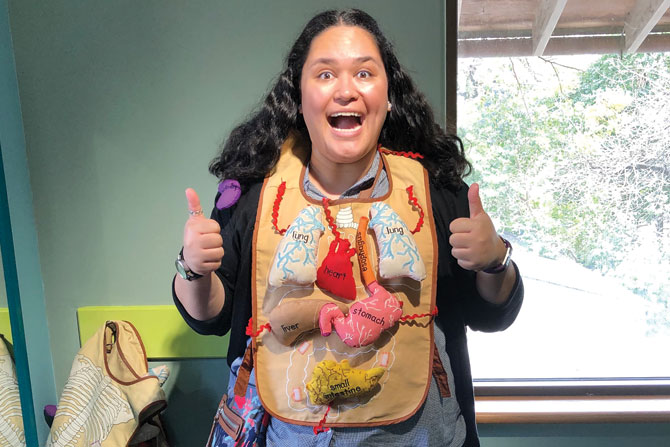
Medical School at the University of Utah
I grew up in Utah, with a lot of my family around, and when it came time to apply to medical school, I didn’t want to leave. My Polynesian community and the community I had made for myself as a pre-medical student are very important to me, and I liked the idea of getting to do medical school close to home.
Overall, I’ve enjoyed my time at the University of Utah School of Medicine. I found many great and lasting friendships, built community within my class and the School of Medicine as a whole, and found my voice in advocating for medical students of color. As co-president of the Family Medicine Interest Group and Pacific Islander Medical Student Association, I created safe places and a feeling of community among the student body.
Choosing Family Medicine
I came into medical school thinking about family medicine but wanted to keep an open mind throughout the process. However, in my third year of medical school, I started with pediatrics and loved it! I did rural family medicine and loved it! I enjoyed psychiatry, neurology, and internal medicine. Surgery was fun, but I knew that general surgery wasn’t for me by the end of my first six-hour surgery. Mid-way through my third year, I was pretty positive that I wanted to pursue family medicine and was excited to do the parts of family medicine I enjoyed as a family medicine physician.
I love full-spectrum medicine and want to work with a community where the families and I are a team! Often when people start seeing a doctor, it’s a family medicine physician. These doctors are first in line to meet with patients, create lasting and trusting relationships, and start a conversation about their health. The increase in medical students going into family medicine is important because for the general public, finding one good doctor they can relate with, trust to go to for medical advice, and to help them become invested in their own health is so important. Creating relationships with my patients, working together to treat or prevent chronic disease, and being a part of a community is why I was drawn to family medicine. Having worked with so many different health care providers (not just physicians) and getting to emulate the way they connect with their patients makes me proud to be going into family practice.
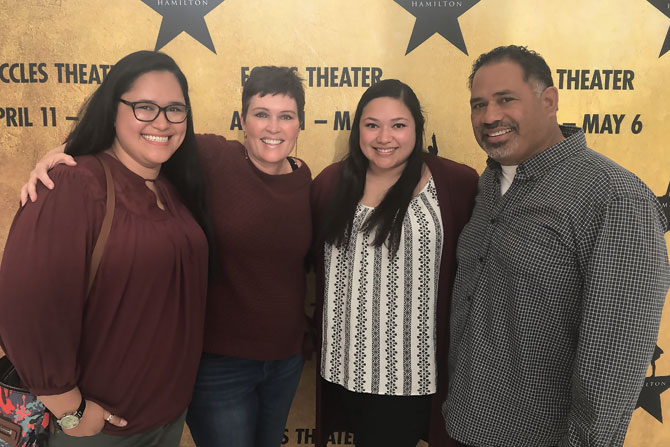
The Critical Importance of a More Diverse and Inclusive Physician Workforce
On a recent rotation, I saw a name with Polynesian origins on a list of new admits, and I felt a sense of excitement for the workday. I walked into the room to see a smiling middle-aged man whose foot was covered with a bandage, underneath which he had a diabetic ulcer. As we connected over our shared culture, I explained the pathophysiology behind the formation of his ulcer, the importance of controlling his diabetes, and the necessity of continued follow-up care. The patient was going to be discharged later that morning, and upon leaving, he said, “The next time we see each other, we’ll go eat.” I left with a warm, contented feeling: sharing a meal is how Polynesians show love for one another. And this interaction solidified my interest in family medicine – connecting with patients and helping them understand their illness, with the knowledge that in doing so, I am strengthening the health of a community.
The role of professional physician associations to ensure a more diverse workforce is tough to determine, but I also think it’s an important question to ask. Right now, educating current family practice providers and health care workers on diversity and cultural practices in their patients is essential to help increase patient satisfaction. Having a provider who understands where you’re coming from is important in making patients feel included as members of their health care team. Programs with the ability to help students of color, students from historically excluded and lower-income populations should be cognizant of their privilege and work to create pipelines or educational opportunities for these students early in their academic careers. One mentor from medical school actually did not know that becoming a physician was a career option for him until he was well into college. Sadly, this is the case for many other students that come from ethnically diverse backgrounds. Programs that teach these students about science and medicine in K through 12 can help them know that they can pursue careers in health care and often encourage them to continue their education after high school.



